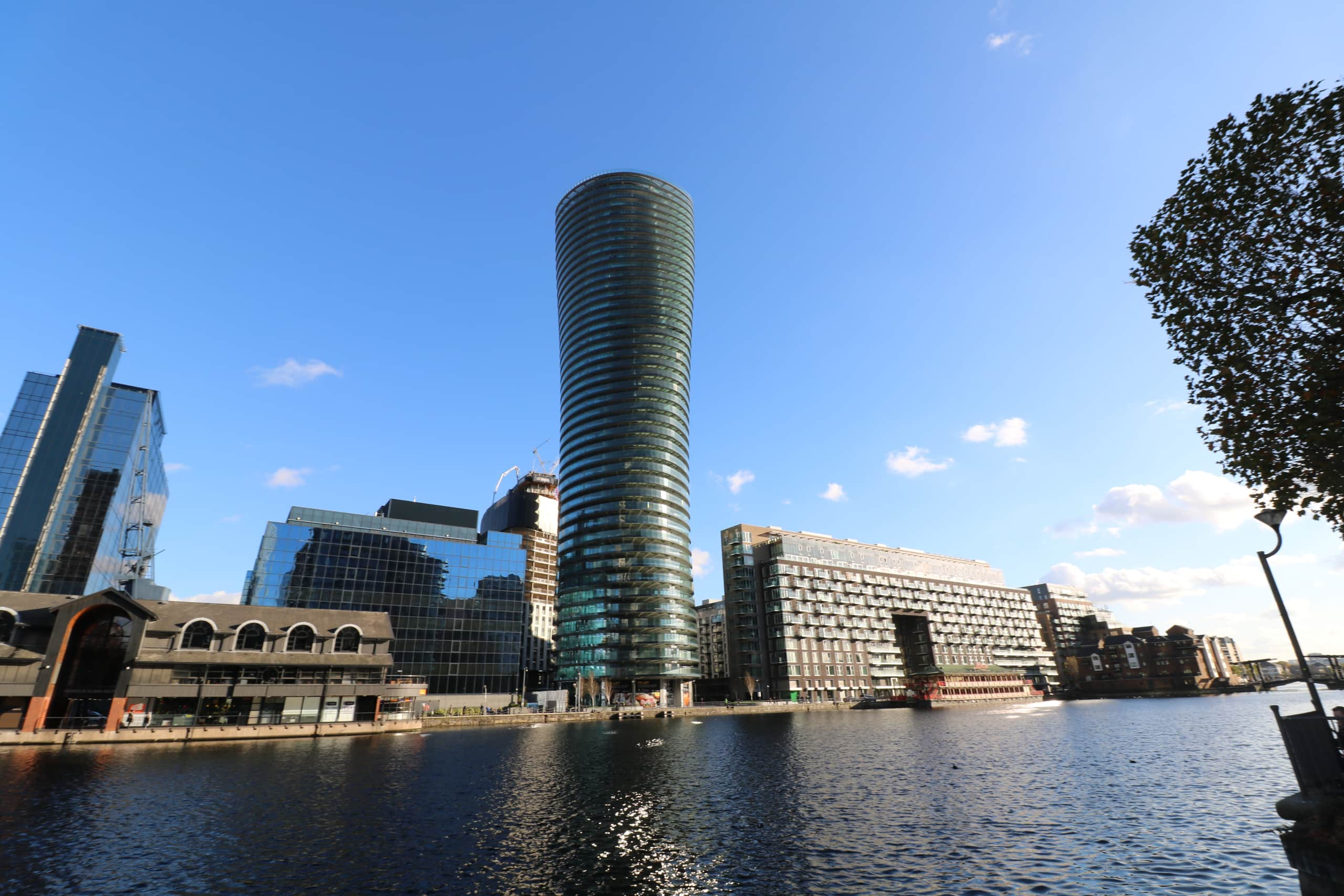Compliance One Year On
It has been over a year since the new compliance rules came into force. The stringent set of rules were meant to address the issues brought to light after the fateful Grenfell Tower fire in 2017. These new compliance rules cater specifically to external fire safety for external walls of new constructions above the height of 18m. Since these measures were introduced, the industry has faced various challenges and has scrambled to find the right solution to comply with the new fire safety measures for external walls. The industry is in dire need of innovation and research to comply with these new rules. They have also given rise to new questions regarding fire safety for existing buildings and buildings above 18m.
We asked some experts about the issues they faced with the introduction of these new compliance rules, and here is what they had to say:
“Well, they’ve certainly slowed down the rate of development details and causing no end of problems finding the right solutions and so events like the Sapphire Shard Event have been really useful to get a wider understanding of other people’s considerations.” commented Adrian Fennessy of Wates.
“The industry is in a situation of flux and I think we are all in the same predicament about trying to find products and answers to solutions,” says Andrew Harrison of Waterman Structures.
We asked Dan Coe from Lite 4 Life what challenges still needed to be addressed, “Truly holistic solutions and the adopting of international standards and proven solutions from other more heavily regulated industries.”
And while these current compliance rules are meant only for new constructions above the height of 18m, it has also given rise to new issues that need to be addressed by the government. Should buildings below 18m be considered too? And what about existing buildings that make use of combustible materials in external walls? And if yes, who should bear the costs of these changes for existing buildings?
Over the year, there have been many debates on these topics and there is an increasing need for innovation in the industry. Finding an alternative to ACM cladding is the need of the hour. Many industry leaders have argued that these compliance rules should also apply to buildings below the height of 18m. The Construction Industry Council has also put forward a proposal to ban the use of combustible materials for a wider range of buildings including halls of residence, hostels and hotels, care homes and schools. And while these steps may be necessary, it has also led to the important question of who will bear the costs for these compliance changes?
While the fire safety laws made building owners responsible for making the building safe, leasehold law meant residents would have to pay for it. The government believed that it would be the building owner who would pay for it, but they instead, passed on the costs to the leaseholders. This led to six-figure bills being sent to the residents which caused an outrage and resulted in lawsuits. Following this, the government was left with two options, to pay for it themselves, or to pass primary legislation forcing developers to bear the costs.
Following debates, in the March budget, the government unveiled a £1bn Building Safety Fund meant specifically for the non-ACM cladding. But will that be enough? Estimates say that the costs of removing the non-ACM cladding sums up to £3.5bn. If the money is allocated on a ‘first come, first served’ basis it may leave out many high-risk buildings. Experts predict that at the current pace, it may take about 10 to 15 years for these buildings to be fixed according to the new compliance rules.
Read Related Articles
